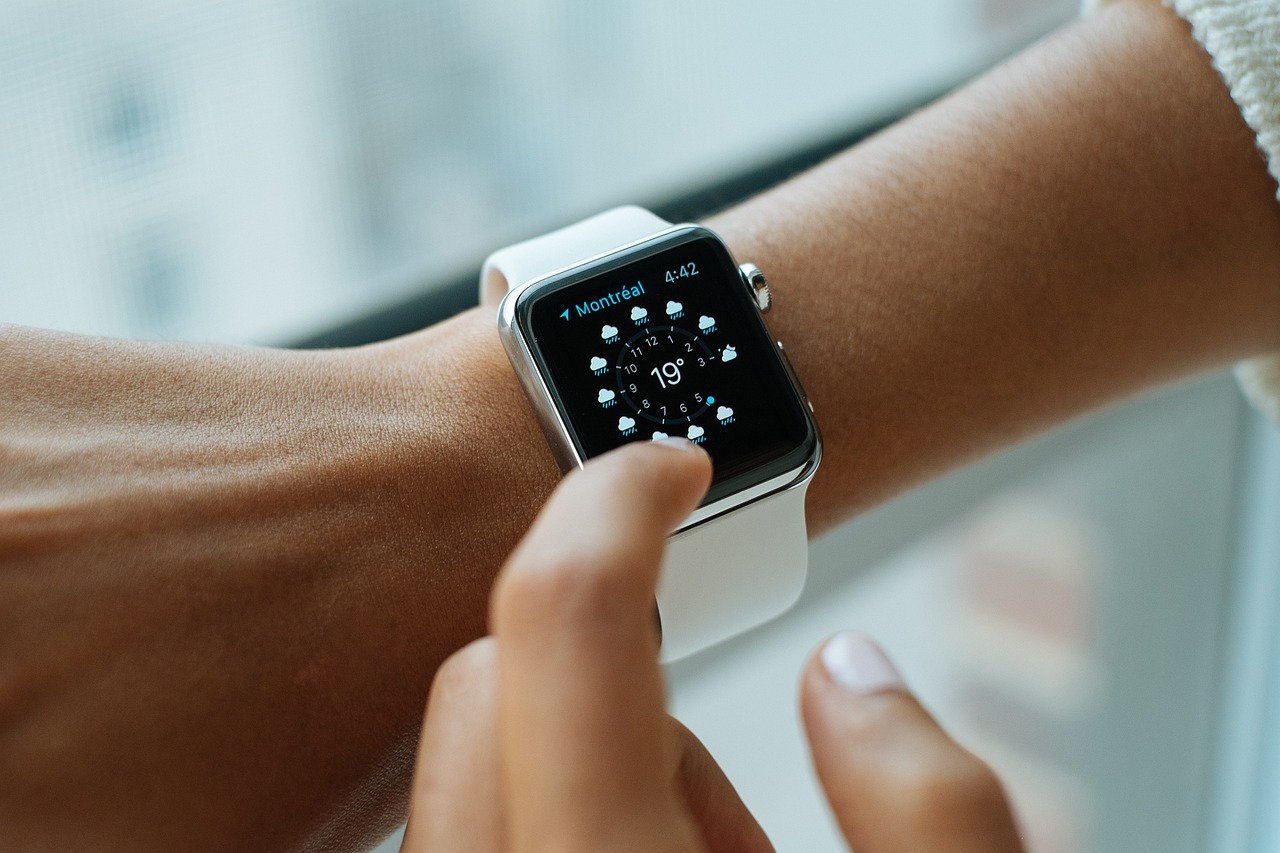IoT and Crisis Management: How Technology Rises to the Challenge
In today's dynamic world, crisis management has become an integral part of an organization's strategy. Regardless of the type of crisis – from natural disasters to pandemics or cyberattacks – effective management is the key to survival. However, traditional methods and tools are often inadequate to address the new challenges arising in the era of global connectivity and digitization. In this relentless fight for organizational survival, a hero emerges - the Internet of Things, or IoT.
IoT is a network of devices that communicate with each other and gather data, enabling real-time analysis and informed decision-making. It seems to be an answer to an increasingly unpredictable world. In the realm of crisis management, IoT becomes a tool that allows organizations not just to survive in challenging times, but to thrive.
Traditionally, crisis management was about reacting to emergencies as they occurred. Now, we can act proactively, anticipating threats thanks to real-time data collection. IoT sensors monitor and report any deviations from the norm, allowing for rapid response before a situation spirals out of control.
It's crucial to understand that IoT is not just smart devices, but an entire ecosystemic concept. It encompasses databases, data analysis algorithms, communication systems, and the people using this data. Combined, they form a powerful tool vital in crisis management.
1. Monitoring and Early Warning
In crisis management, time is of the essence. The sooner an organization is aware of a crisis, the better its response can be. IoT offers continuous monitoring of various factors and sensors, facilitating early detection of potential threats.
For instance, in the context of natural disasters like hurricanes, meteorological sensors and geographic detectors can provide data on atmospheric changes and terrain topology. This data can be used for forecasting and monitoring potential threats. Upon detecting an incoming hurricane, appropriate services can initiate preventive measures, such as evacuating endangered areas.
For health sector crisis management, the Internet of Things can assist in monitoring the spread of infectious diseases. IoT thermometers worn by patients can collect body temperature data and transmit it in real-time to public health monitoring systems. This facilitates early detection of potential disease hotspots and swift preventive action.
2. Automation and Optimization
IoT not only collects data but also facilitates the automation of many processes in crisis management. Automated systems responding to sensor data can significantly speed up crisis response.
An example is the use of drones equipped with sensors during natural disasters or emergencies. These drones can be programmed to inspect areas inaccessible or hazardous to humans. They can provide real-time images, aiding rescue services in understanding the crisis magnitude and planning interventions.
IoT systems in buildings are also crucial for crisis management. Sensors detecting gas leaks, fires, or infrastructure failures can immediately activate alarms and notify relevant emergency services. This can minimize damages and save lives.
3. Information Dissemination and Coordinated Actions
Effective crisis management hinges on swift and accurate communication. The Internet of Things facilitates real-time information sharing to an operational center and between different services.
During natural disasters, IoT sensors can supply data on current terrain conditions, water levels, or wind speeds. This information is vital for situational assessment and decision-making, enabling rescue services to operate more effectively and efficiently.
In crises like cyberattacks or pandemics, IoT systems can be used to monitor and control access to critical resources. For instance, during a pandemic, smart contact-tracing systems using Bluetooth can assist in identifying and isolating potentially infected individuals.
4. Security and Challenges
It's important to note that IoT in crisis management is not without challenges. A primary concern is ensuring data and device security. Safeguarding IoT networks against cyberattacks is crucial to avoid compounded threats in already challenging situations.
Privacy remains a significant concern, especially when collecting health data. Proper regulations and procedures are essential to protect individual privacy.
Interoperability of various IoT systems and integrating them with existing crisis management infrastructure is another challenge. This requires consistent communication standards and protocols for different devices and systems to cooperate.
Conclusion
The Internet of Things (IoT) is becoming an invaluable tool in crisis management. It enables organizations to act more effectively and proactively in various crisis situations, whether they are natural or human-induced. Monitoring, automation, information dissemination, and security are key aspects IoT introduces to this field.
However, to fully harness IoT's potential in crisis management, organizations must be adequately prepared for its implementation. This means investing not just in technology but also in proper training and staff competencies and cybersecurity measures.
IoT is more than an innovative tool; it's a way to increase an organization's resilience against various crises. It offers a chance to minimize losses and protect human lives in the face of unpredictable events. In an era of increasingly frequent and complex crises, we must utilize every available technology to maintain control over situations. The Internet of Things is a key to success in this relentless fight for survival.




